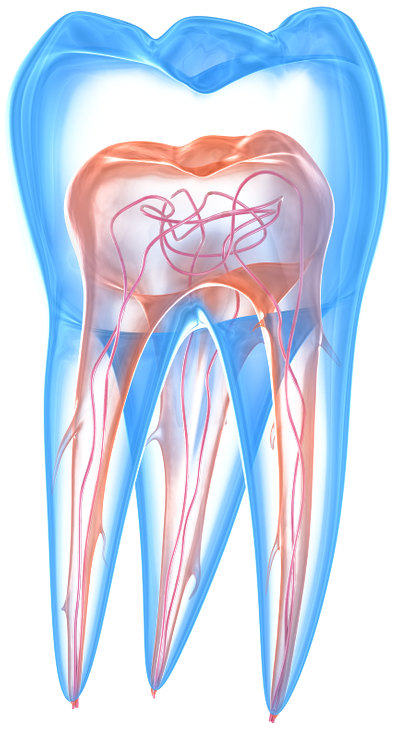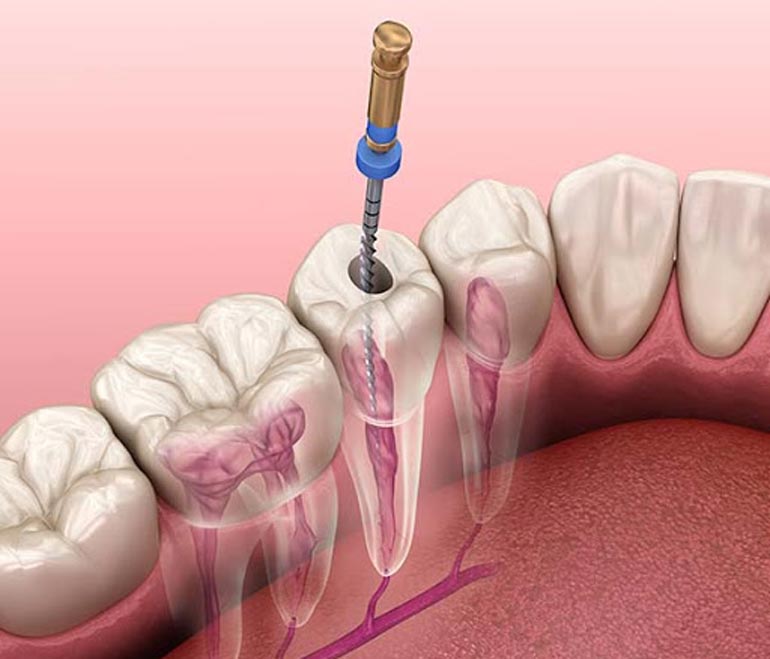endodontics

Endodontics
The term endodontics is derived from two Greek words – “endo” meaning inside and “odons” meaning tooth. Taken together, these words mean study of the inner part of the tooth or the dental pulp. Endodontics specialists are familiar with a number of diseases that involve the dental pulp and the procedures to treat them.
The dental pulp is the innermost part of the tooth. The pulp is protected by the outermost part of the tooth, the enamel, as well as by the dentin that lies underneath the enamel. This hard casing of the pulp protects it from becoming infected by microbes present in the mouth. In cases of tooth decay, this outer cover erodes away to form holes or cavities that expose the dental pulp to these microbes as well as to hot and cold temperatures. Since the pulp is rich with nerves and blood vessels, infection of the pulp can lead to sensitivity and toothache.
Some of the procedures used in endodontics include:
- Root canal treatment
This is a form of treatment that is performed under local anesthesia in order to remove a damaged nerve and possibly infected pulp to save the tooth. The expert uses various tools to remove the inflamed or infected pulp and then cleans and disinfects the tooth to prevent infection. After disinfecting the tooth, the endodontist uses a rubber-like material called gutta-percha to fill and seal the cavity. Once this is done, the tooth is generally restored using a crown or filling for long term protection. Treatment options for teeth that are infected but are not suitable for endodontics are limited – and generally an extraction is all that is possible - Endodontic re-treatment
This is a form of treatment that is provided to individuals who have already had root canal treatment. Root canal treatment can become painful or diseased months or even years since the first treatment was done. This reasons for the failure of the treatment are not well understood but can be caused by a poor initial treatment or a complex canal system. Re-treatment is complex and not always possible – especially if a large post is present in the tooth. - Endodontic surgery
This is a procedure that helps to locate small fractures or hidden canals which were not detected by xrays or previous nonsurgical root canal procedure. The procedure helps to remove any calcium deposits or to treat damaged root surfaces or the surrounding bone. A common surgical procedure that is undertaken is the apicectomy or root end resection. These services are provided either by oral surgeons or endodontists depending on the area. - Concerns over root canal treatments
Many people are worried about having a root canal as they have heard that the procedure is painful. There is no reason to be anxious as specialists are trained to manage and deal with any pain. Once the nerve is removed from the tooth, the procedures are generally painless.

